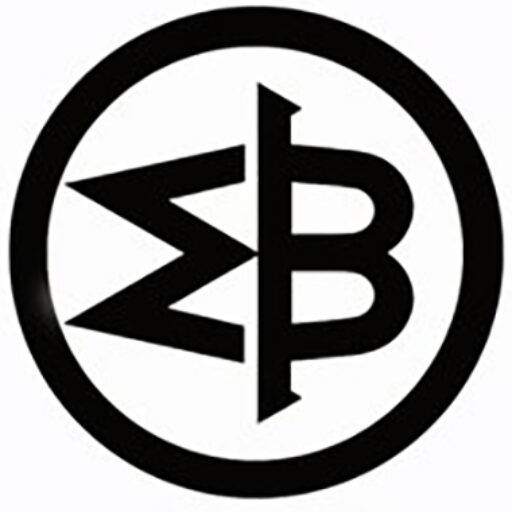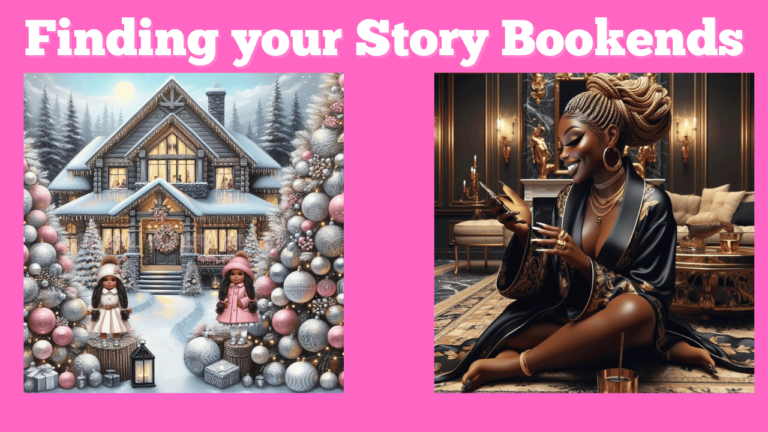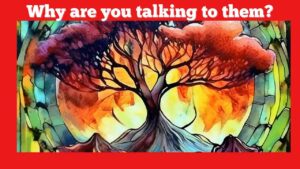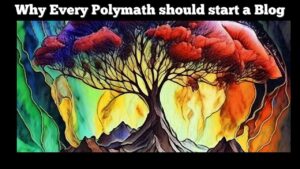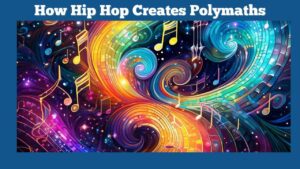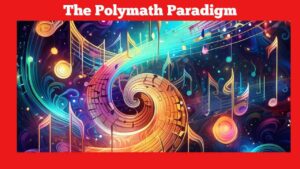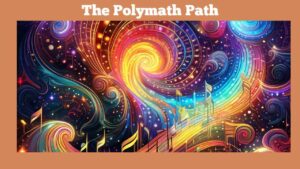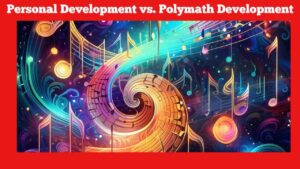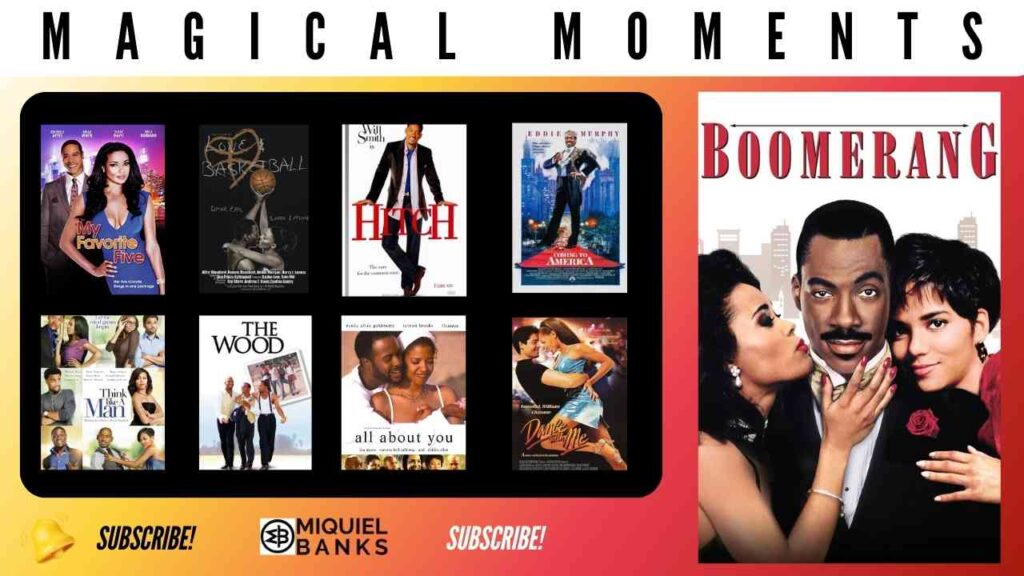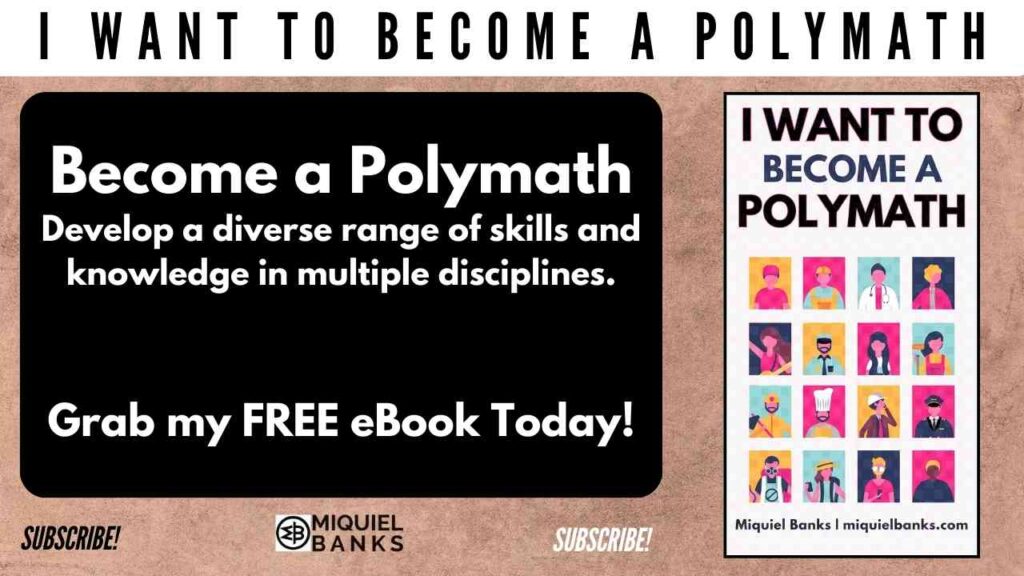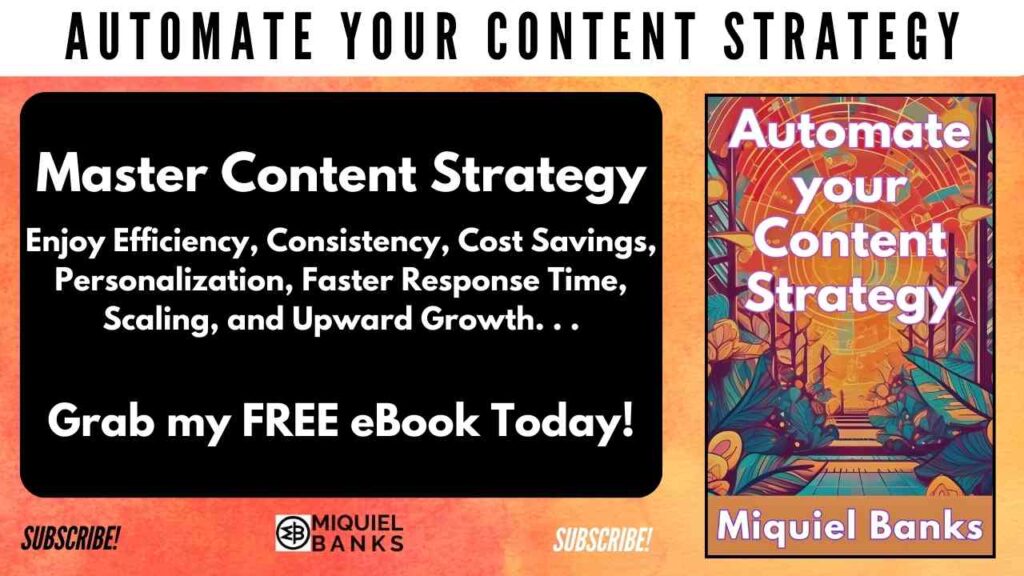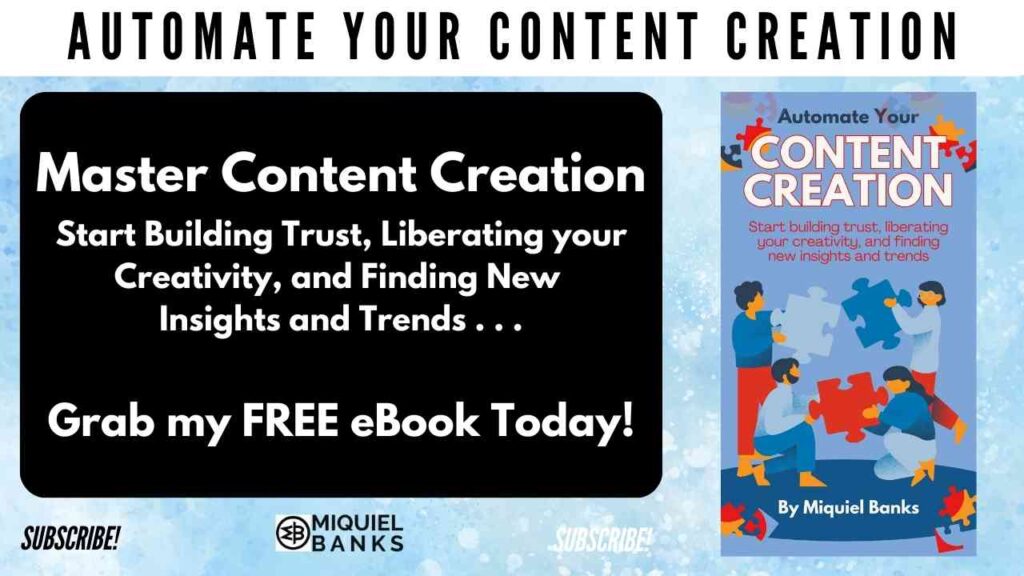Introduction
Since the audience follows the Protagonist, let’s say the Protagonist is our Perception into the World of a Story.
Knowing this, humans have a need to find balance first to find their way toward some sense of Truth.
As a roadmap, there is only one way to find balance.
We must discover what is good and what is bad.
Once we know those extremes, then it’s easy to find the right balance between the two.
This is what the Protagonist seeks in any story, to find that perfect balance to not just a meaningful life, but to experiencing meaning in his/her life.
Protagonist
This is how we experience a story, this is how we find guidance, this is where we connect to the story.
If you’re having problems connecting with an audience, best believe those problems lie in the development of your Protagonist.
As our guide into the world of the story, the Protagonist becomes the first bookend.
As in Nature, the source of all things are divine and therefore, fundamentally Good.
In keeping with that philosophy, the fundamental power of any story lies in its Base Bookend.
And you guessed it, the base bookend is THE GOOD.
What is the overpowering and intoxicating “Virtue” that lives in your story?
When you discover this, then you know where the good lies and we immediately know what the Protagonist seeks.
However, the Good is only one half and without the other half, we will never discover Balance.
Antagonist
The antagonist has been given a bad rap, rightfully so.
Most people see this as the bad person, the villain, and we tend to see them as the kind of people we either do not like or we do not associate with.
However, that’s a very simplistic and immature way of viewing the Antagonist.
The antagonist serves one function in a story.
To show us what NOT TO DO.
That’s it, mission accomplished right?
No, I’m not done with you yet!
As the BAD part of the equation, the antagonist brings the power of ID Consciousness, unrelenting free will, and all those hidden urges we keep bottled inside.
In a sense, the antagonist speaks to our insatiable desire to do what we want and as a result, shows us what happens when we are “release” our restraints.
Now that we know THE GOOD and THE BAD, we are free to explore how to balance the two.
Measuring Tools
As measuring tools, we are free to push the Protagonist and Antagonist in our stories and let them go all over the place as we mix the ingredients over and over again.
As they struggle to win, the ingredients fall and rise, fall and rise, fall and rise.
We are uncertain sometimes because of the emotional power in the obstacles the Antagonist leaves for the Protagonist.
As measuring tools, both characters provide insight into how the right “mix” will be found with ingenuity, thought, and patience.
Why Bookends?
I know, I know.
Of all the Metaphors, why was I so boring to call them Bookends?
Calm down, you’re moving too fast.
But isn’t that what we’re all doing?
We’re moving so fast and in so many directions, how do we find direction, much less seek a way to maintain direction?
Focus.
Yes, I know that’s a dirty word in our Multi-tasking environment.
So, I’ll say it again.
Focus.
And as a way to focus your story, what better way than limiting your direction?
How about limiting your direction in two directions?
Yes, two directions.
Two moral directions.
Good and Bad.
Good = Protagonist.
Bad = Antagonist.
Still think Bookends is a bad metaphor?
Conclusion
It’s been a quick journey, but we’ve discovered another deep ingredient to the secret world of Story Structure.
That’s right, you NOW know the value of Bookends.
Use it.
Ponder it.
Keep it.
And pass it on.
